

元宇宙与智能经济新趋势(套装12册)
¥359.40
本书从我们每天都会从各种资讯中听到的8组经济学术语——趋势和预测、增长和发展、投资和金融、财政和税收、货币和物价、利率和汇率、周期和危机、封闭和放——切,在解读经济学基本规律和基本常识的同时,用读者日常生活的例子行了类比,帮助大家读懂理解这些术语,建立经济学思维,从而能够独立分析与日常生活息息相关的那些经济问题,理解它们会对个人生活造成的影响,而做出更明智的判断与决策。


杨宪益中译作品集(全五卷)
¥359.00
《奥德修纪》,又作《奥德赛》,创作于2700多年前,是西方古老的文学作品之一,相传为古希腊诗人荷马所作的长篇史诗,讲述了希腊英雄的奥德修斯长达十年的战后返乡之旅,及其一路上的海上冒险经历。于1979年面世的杨宪益译本则采用了突破性的散文体译法,完美保留了原诗的故事性,破除了诗歌模式对还原语言音乐性和节奏感的限制,在中文世界独树一帜。 《鸟·凶宅·牧歌》集合了三部古希腊、古罗马时代的经典作品,一是古希腊“喜剧之父”阿里斯托芬的杰作《鸟》,其中以“云中鹁鹄国”的绮梦,深刻嘲弄了雅典人远征西西里的无妄;二是古罗马剧作家普劳图斯的代表性计谋喜剧《凶宅》,讲述了机智的奴隶巧设计谋帮助少主人脱困的故事;三是拉丁语文学的典范、古罗马伟大诗人的扬名之作《牧歌》。《鸟》的杨译本是殿堂级译本,生动还原了阿里斯托芬的机巧幽默,一直是中央戏剧学院排练的不二之选。而杨宪益是全译了《牧歌》十首的人,其译本精到畅达、不蔓不枝,完美还原了古典诗歌的繁缛与朴拙。 《罗兰之歌·近代英国诗钞》中的《罗兰之歌》,与英国的《贝奥武夫》、德国的《尼伯龙根之歌》并称为欧洲文学三大英雄史诗,讲述了大将罗兰在远征归来的途中,落入敌人的圈套,浴血奋战却寡不敌众、英勇牺牲的故事。有人赞其“有荷马宽阔流动的优美、但丁豪放有力的笔致”,而杨宪益先生评价它为“一部爱憎分明、洋溢着战斗精神的作品”。《近代英国诗钞》则收录了杨先生亲自选译的49首现代英语诗歌,囊括了叶芝、艾略特、奥登等颇具影响力现代诗人写于两次世界大战期间的诗作,既表达着诗人们对战争与消逝的青春的嗟叹、失落、迷惘,也抒发着他们对幸福的期盼,对理想的憧憬。其中多首是首次被翻译成中文或独有杨先生一种译本。 《凯撒和克莉奥佩特拉·卖花女》则包含了1925年诺贝尔文学奖得主、现代杰出的现实主义戏剧作家萧伯纳的两部代表作品。《凯撒和克莉奥佩特拉》是一部历史戏剧,讲述了征服者凯撒征伐埃及和女王克莉奥佩特拉之间发生的种种故事,人物形象鲜明复杂,对话妙语连珠,讽刺了当时欧洲帝国主义扩张的动荡现实。《卖花女》则于1964年改编为电影《窈窕淑女》,并获得八项奥斯卡大奖。《卖花女》诙谐深刻,剧本里傲慢的英国皇家学会语言学家息金斯和朋友匹克林上校打赌,要在六个月的时间内将目不识丁、粗俗不堪的卖花女伊莉莎教导为一名“上等人”,一位举止优雅、谈吐不俗的上流社会小姐,后又爱上了她。《卖花女》不仅展现了剧作家萧伯纳高超的语言写作能力,更展示了其对当时英国社会不同阶层的细致刻画和深入观察。而两部剧的杨宪益译本均为独家珍稀译本,充分还原了萧伯纳幽默而犀利的语言风格,表现力极强。 《地心游记》是法国科幻小说之父儒勒·凡尔纳的长篇代表作之一,讲述德国科学家黎登布洛克教授受到一封密码信的启发,偕同侄子阿克塞和向导汉恩斯按照前人的指引,进行了一次整整三个月的穿越地心的科学探险旅行。这部作品为杨宪益先生和闻时清先生合译,译文经典耐读、生动流畅,是市场上少见的权威译本。


见得繁花不惊,修得心淡如水(共7册)
¥358.99
见得繁花不惊,修得心淡如水。人生很麻烦,但只要吃饱喝足,就可以继续过日子,并且可以过得很痛快。套装共7册,分别为《身后无遗物》《痛快的日子》《活过》《世界在走,我坐着》《海浪将我拥起》《结婚由我》《我想偶尔停一会儿》

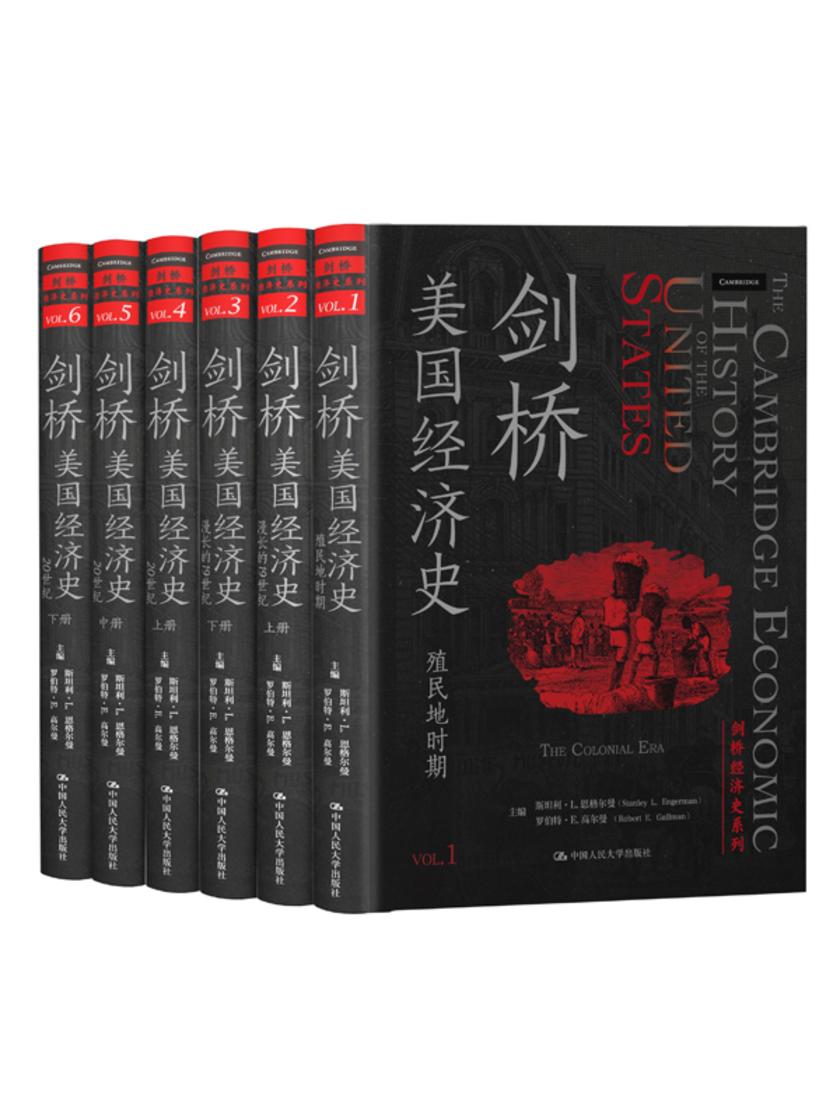
剑桥美国经济史(剑桥经济史系列)
¥358.80
原书分三卷,卷研究了英属北美和早期美国的经济史,第二卷考察了19世纪美国、加拿大和加勒比海的经济史,描述了美国依靠丰饶的自然资源获得迅速发展,并超越英国、法国和德国的历史。第三卷以20世纪的重大事件为线索,讨论了美国经济的长期发展趋势,其中包括技术变迁、企业经济的繁荣和劳工法的发展。同时,也讨论了农业、人口、劳动市场、城市和区域结构的变化。


2020—2021年中国新兴产业投资蓝皮书(精装版)
¥358.80
暂无


2020—2021年中国人工智能产业发展蓝皮书(精装版)
¥358.80
暂无


2020—2021年中国工业技术创新发展蓝皮书(精装版)
¥358.80
暂无

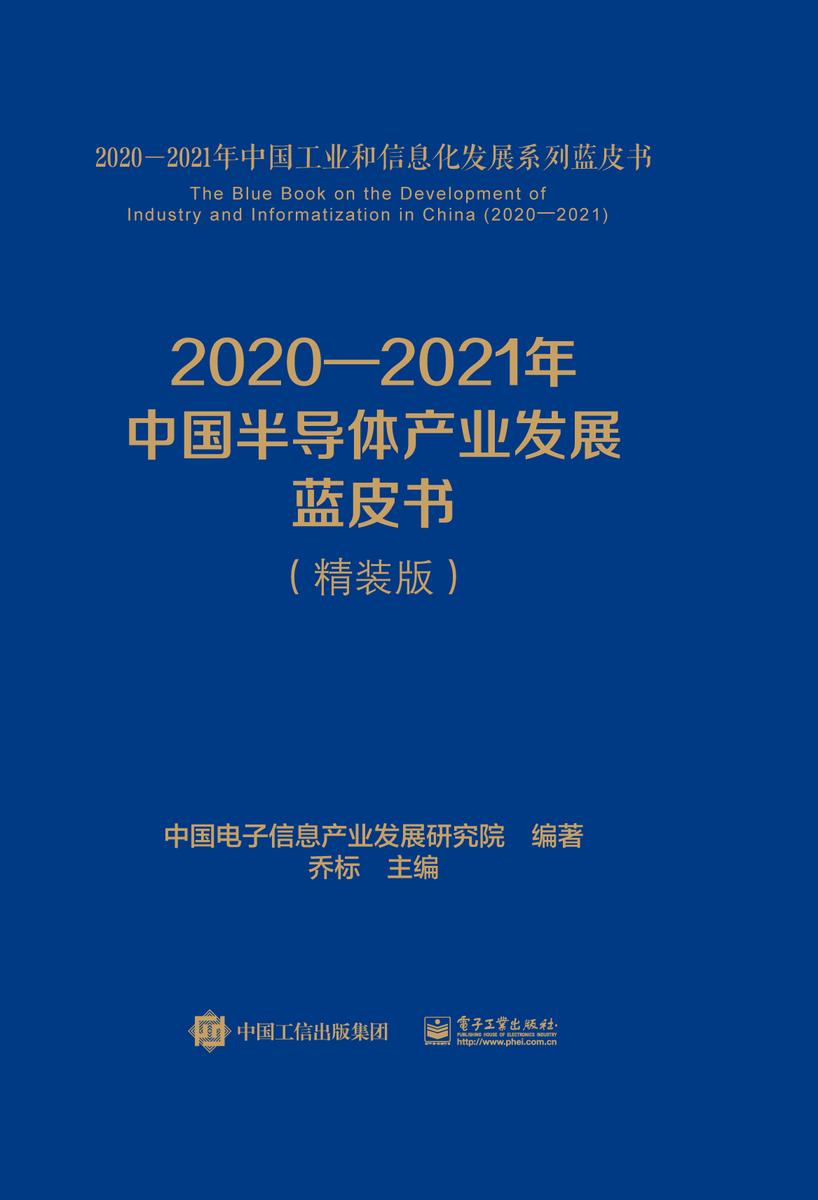
2020—2021年中国半导体产业发展蓝皮书(精装版)
¥358.80
暂无

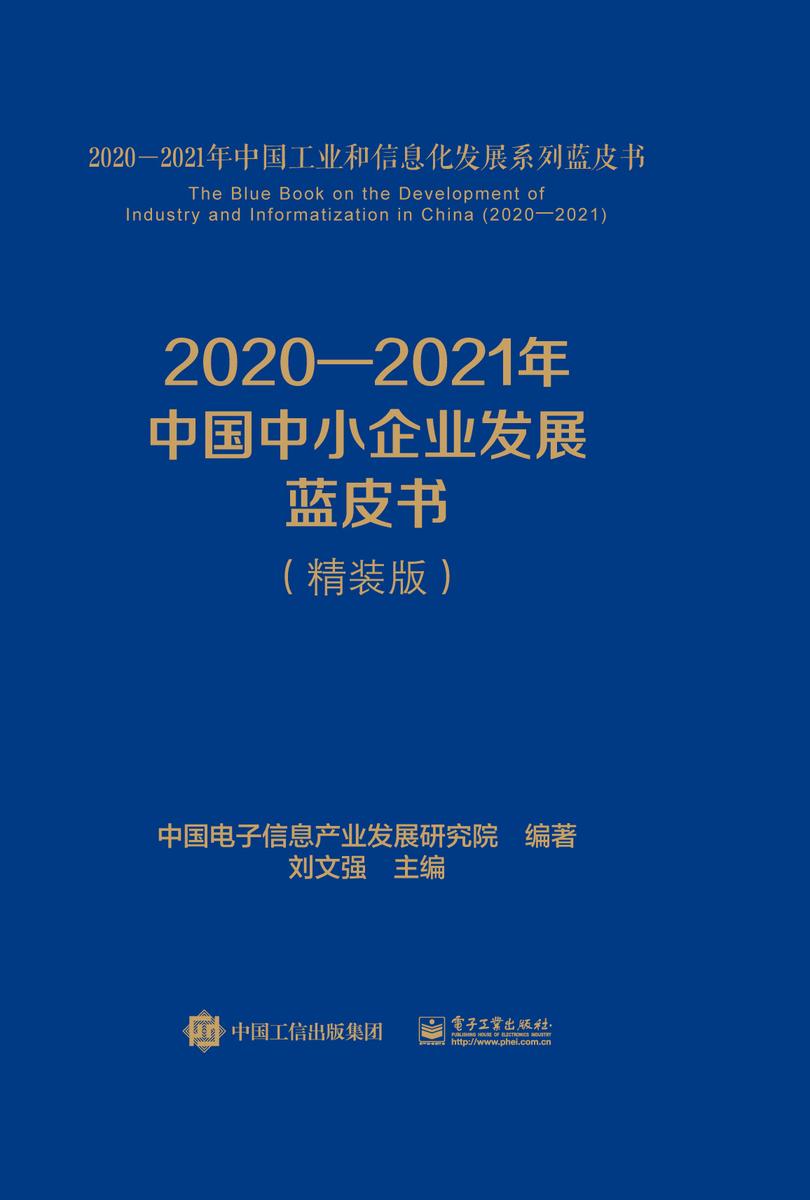
2020—2021年中国中小企业发展蓝皮书(精装版)
¥358.80
暂无


2020—2021年中国消费品工业发展蓝皮书(精装版)
¥358.80
暂无

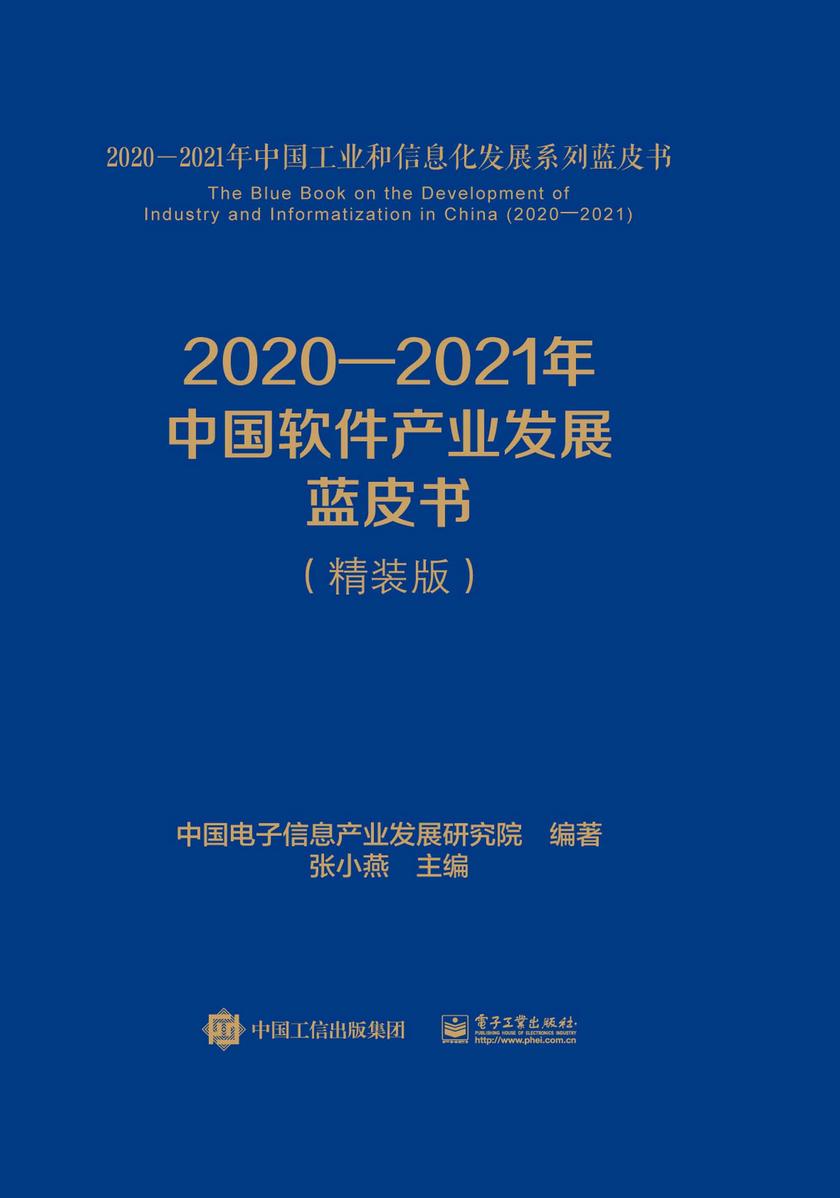
2020—2021年中国软件产业发展蓝皮书(精装版)
¥358.80
暂无


2020—2021年中国原材料工业发展蓝皮书(精装版)
¥358.80
暂无

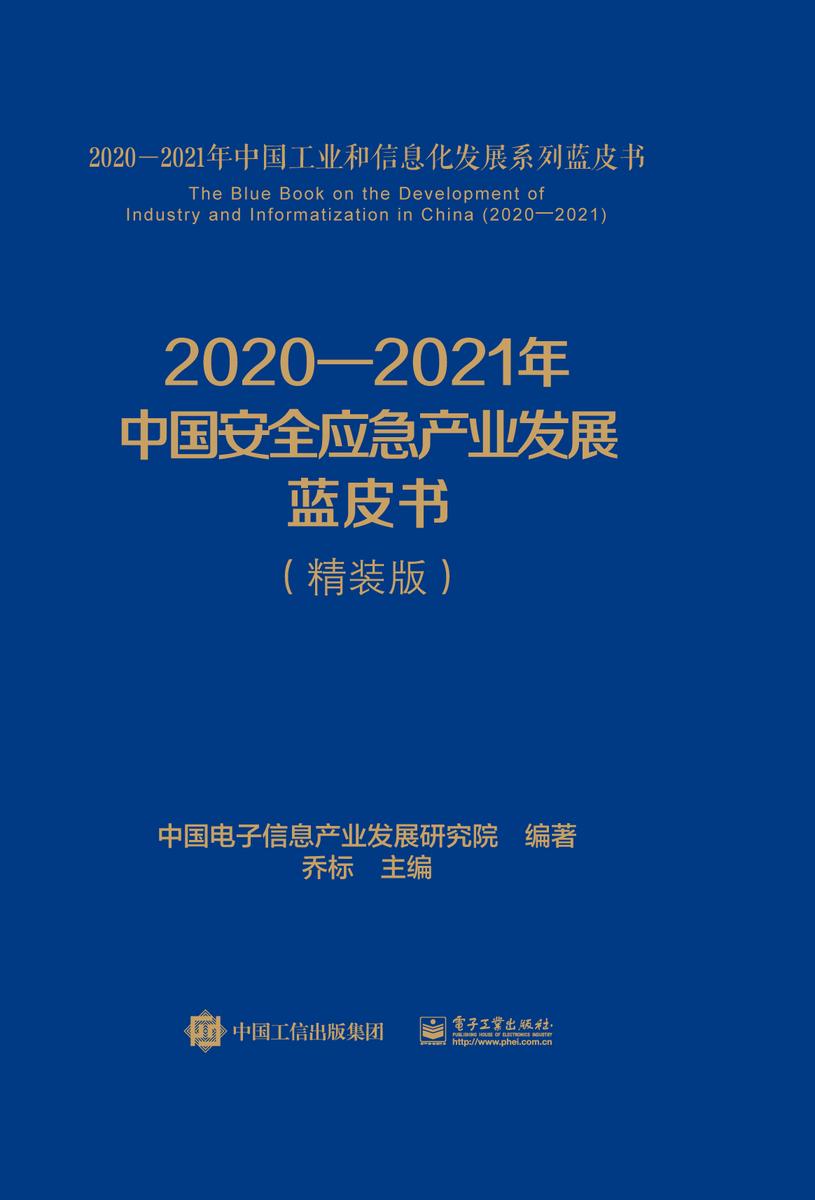
2020—2021年中国安全应急产业发展蓝皮书(精装版)
¥358.80
暂无

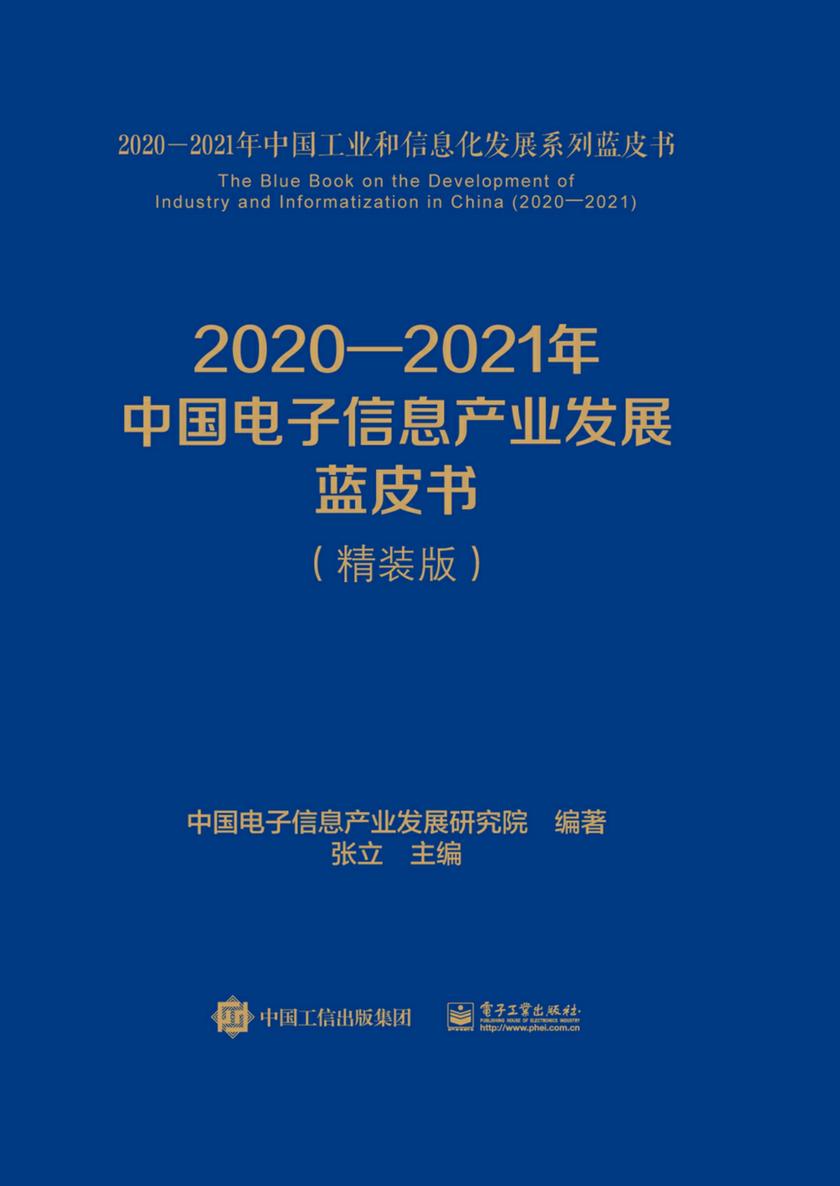
2020—2021年中国电子信息产业发展蓝皮书(精装版)
¥358.80
暂无

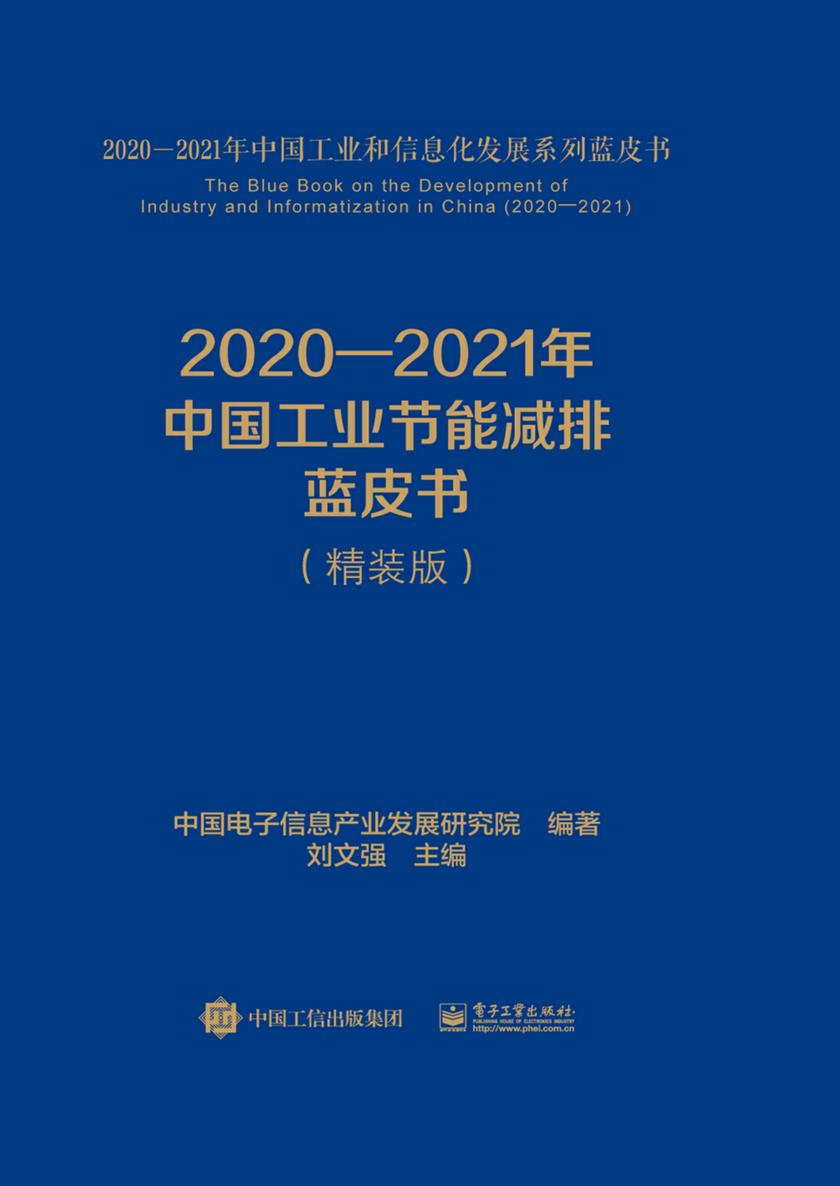
2020—2021年中国工业节能减排蓝皮书(精装版)
¥358.80
暂无

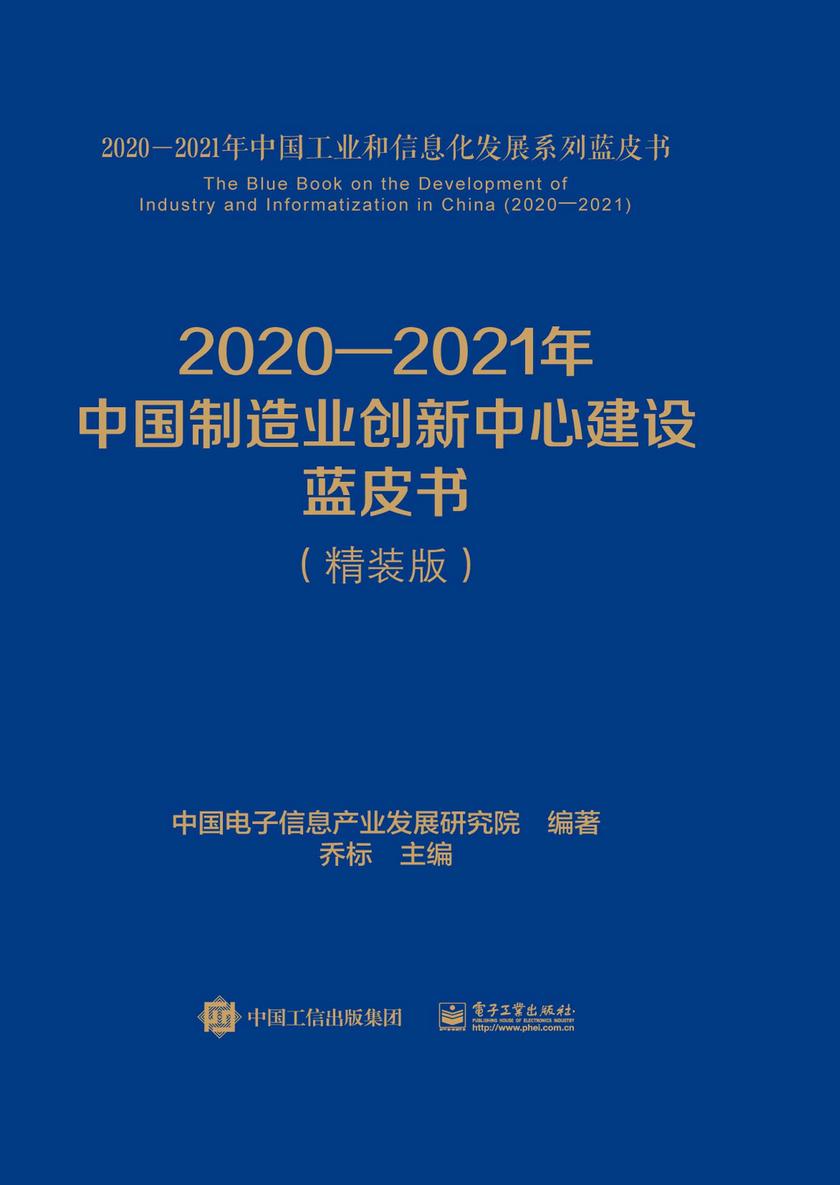
2020—2021年中国制造业创新中心建设蓝皮书(精装版)
¥358.80
暂无

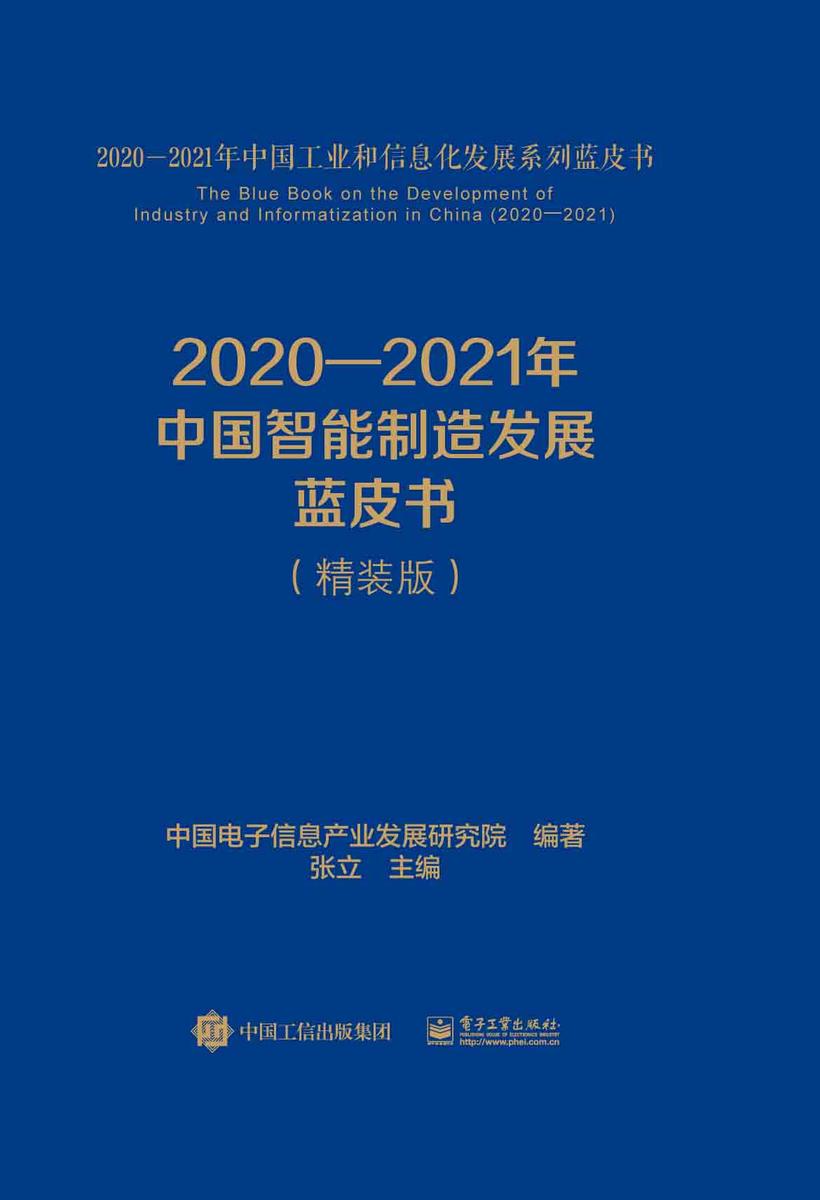
2020—2021年中国智能制造发展蓝皮书(精装版)
¥358.80
暂无

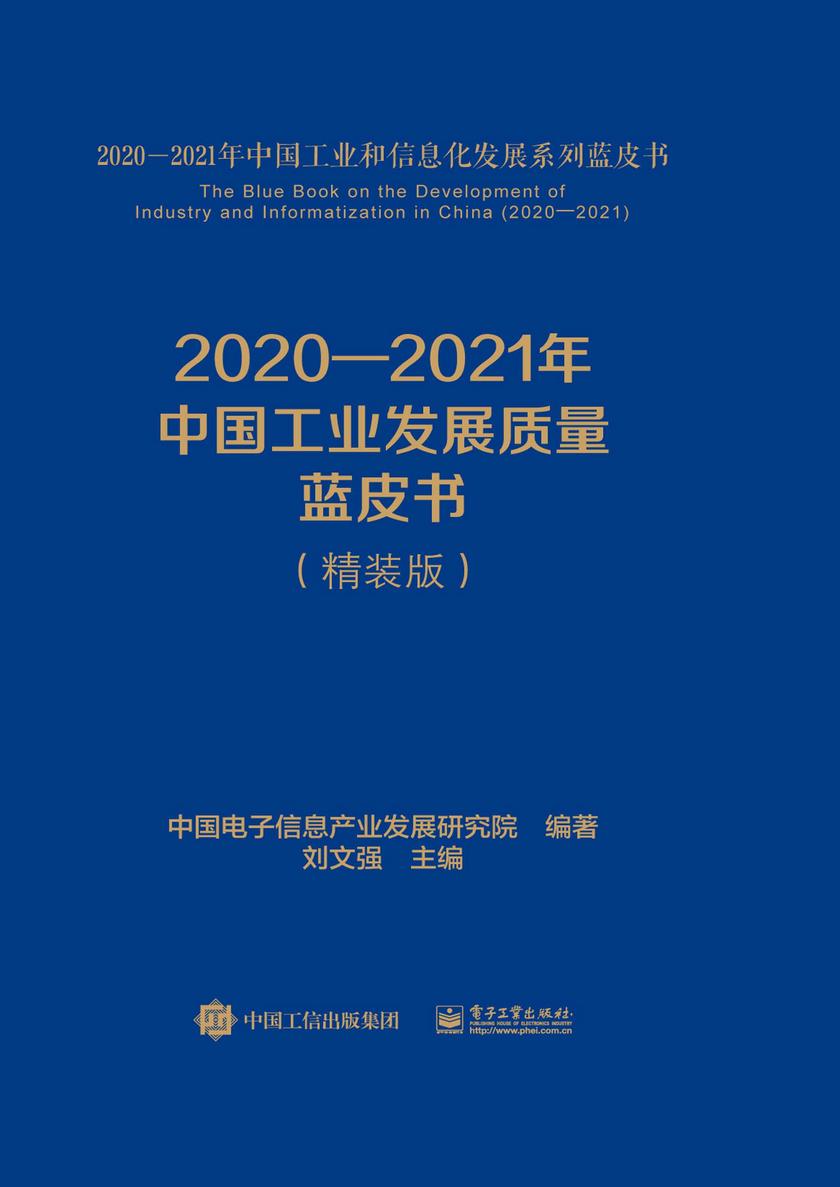
2020—2021年中国工业发展质量蓝皮书(精装版)
¥358.80
暂无


2020—2021年中国网络安全发展蓝皮书(精装版)
¥358.80
暂无


2020—2021年中国战略性新兴产业发展蓝皮书(精装版)
¥358.80
暂无

1922至1923年孙中山在沪期间各地来电辑释【试读本】
免费
本书是2025年3月出版的繁体字本《一九二二至一九二三年孙中山在沪期间各地来电》的简体字本,改为上、中、下三册。上册为函电图版,中册和下册为释文与考释,其中福建来电卷、北京来电卷、其他省市来电卷三卷合为中册,海外来电卷、香港来电卷、广东来电卷三卷合为下册。考释主要涉及来电者、来电时间、来电地、人名字号、地名、机构、重要事件等,补充了新发现的佐证,并融了孙中山研究的新成果。书中收录了1922年8月至1923年2月孙中山在沪期间各地来电509通,相关来函5通,共514通,均由宋庆龄生前亲自保存。 所收函电以讨伐陈炯明为主要内容,涉及孙中山在沪期间所行的军事斗争、政坛纷争、国民党改组、国民党海外支部与华侨筹款运动等方面,涉及人物众多,大多是民国史上的重要人物,如蒋介石、汪精卫、胡汉民、廖仲恺、李烈钧、邹鲁、古应芬、卢永祥、徐树铮、张继、谢持、林森,等等。部分函电上存有孙中山先生的亲笔批示,第一九四通等来电保存了国共合作与国民党改组的重要内容,更加凸显了本书的学术价值和收藏价值。




 购物车
购物车 个人中心
个人中心



